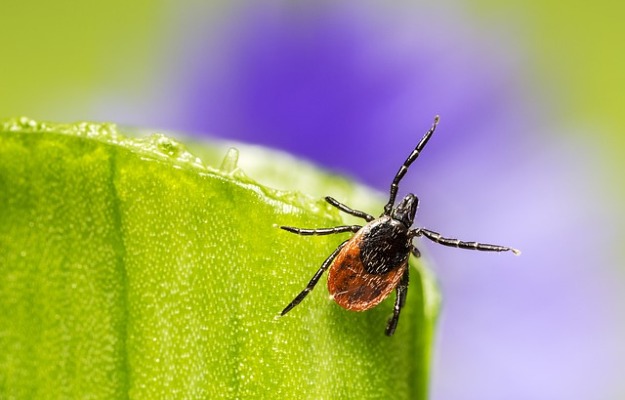With 10 quintillion insects on the planet, insect bites are naturally very common - even in dogs. (A quintillion is 1 followed by 18 zeroes.) Though dogs are covered with fur, they are likely to get bitten in the less hairy areas like the ears and nose.
Some dogs are sensitive to the proteins in the saliva or venom of biting insects. Nosy dogs who have the habit of sniffing everything near them are more prone to bee stings and ant bites.
Though most of the bites are not so harmful and resolve on their own, in some cases, these bites can lead to a severe life-threatening condition like anaphylactic shock.
Read more: What to do if your dog has fleas



























